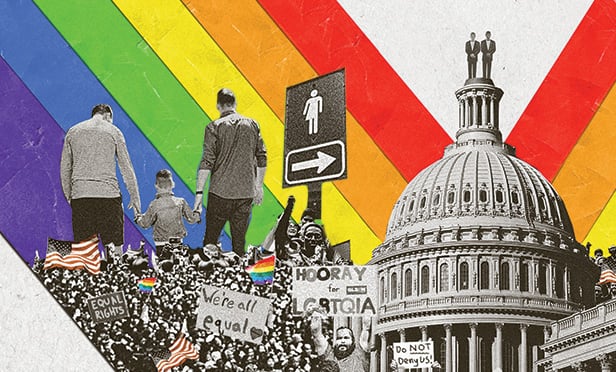A seismic judicial and legislative shift regarding same-sex partnerships continues to send aftershocks through the employee benefits industry, providing forward-thinking benefits advisors with an opportunity to help clients provide more inclusive benefits packages and grow their own businesses.
“Employers are increasingly recognizing the importance of LGBT benefits,” says Julie Stich, associate vice president, content, for the International Foundation of Employee Benefit Plans in Brookfield, Wisconsin. “The growing awareness of LGBT rights has made its way into the workplace, and organizations are adjusting the design of their benefits programs and the language of their diversity policies to be inclusive of LGBT employees and their families.”
Recommended For You
Complete your profile to continue reading and get FREE access to BenefitsPRO, part of your ALM digital membership.
Your access to unlimited BenefitsPRO content isn’t changing.
Once you are an ALM digital member, you’ll receive:
- Breaking benefits news and analysis, on-site and via our newsletters and custom alerts
- Educational webcasts, white papers, and ebooks from industry thought leaders
- Critical converage of the property casualty insurance and financial advisory markets on our other ALM sites, PropertyCasualty360 and ThinkAdvisor
Already have an account? Sign In Now
© 2025 ALM Global, LLC, All Rights Reserved. Request academic re-use from www.copyright.com. All other uses, submit a request to [email protected]. For more information visit Asset & Logo Licensing.









